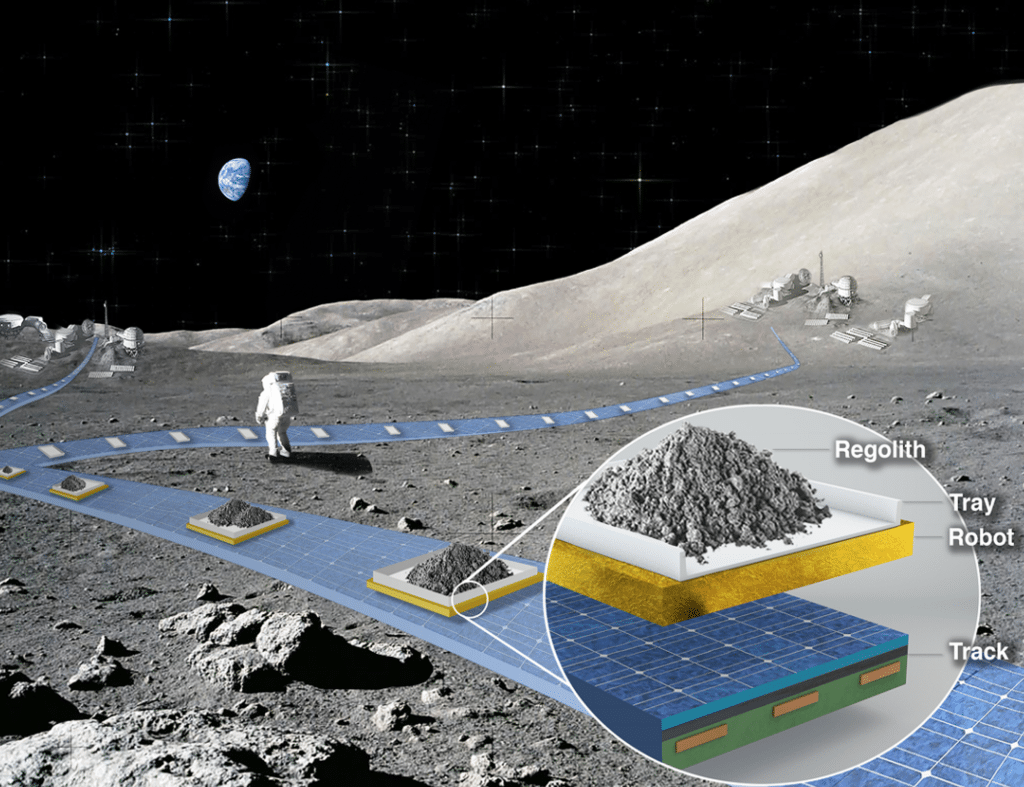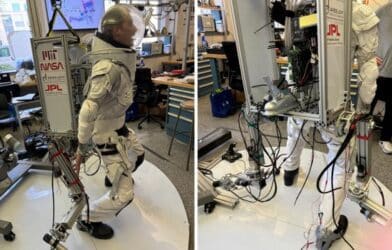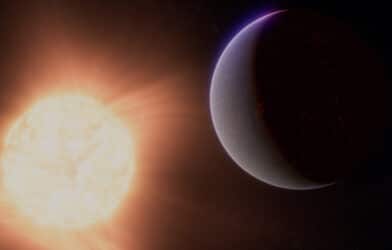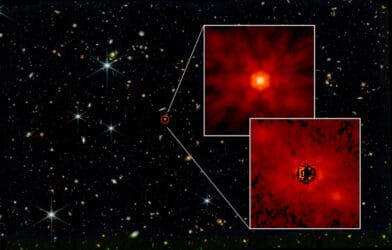The moon may be getting quite a face-lift in the next decade in the form of a railway system. NASA is pushing forward with funding for a train-like vehicle that can help support daily operations of a sustainable lunar base.
Dubbed FLOAT (Flexible Levitation on a Track), the project has this month been selected by the U.S. space agency for additional funding and development. FLOAT would provide “reliable, autonomous, and efficient payload transport on the Moon.”
As one of NASA’s Innovative Advanced Concepts program (NIAC) Phase II conceptual studies, FLOAT will receive up to $600,000 to continue working over the next two years to address key remaining technical and budget hurdles and pave its development path.
Other concepts earmarked for development include a Pulsed Plasma Rocket to reduce travel times between Earth and any destination in the solar system, and a large optical observatory in space.
“When Phase II is complete, these studies could advance to the final NIAC phase, earning additional funding and development consideration toward becoming a future aerospace mission,” NASA explains.
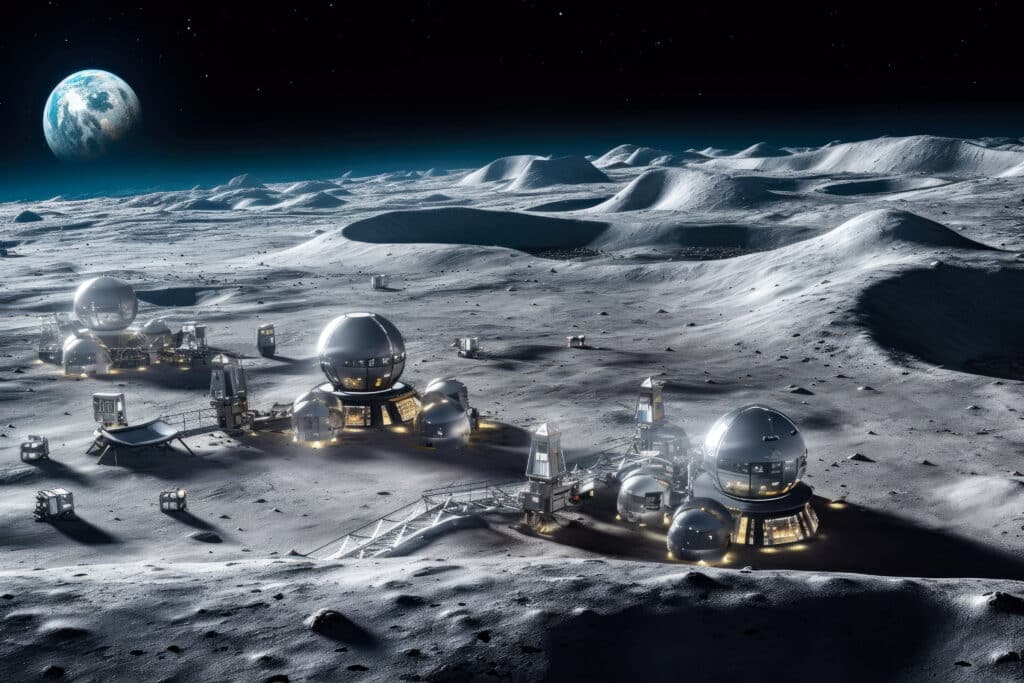
The FLOAT system employs unpowered magnetic robots that levitate over a 3-layer flexible film track. These individual robots would be able to transport payloads including regolith, or moon dust, and building supplies.
They would be capable of moving up to 100,000 kg of payload multiple kilometers per day while consuming less than 40 kW of power. FLOAT robots will have no moving parts and levitate over the track to minimize lunar dust abrasion, unlike lunar robots with wheels, legs, or tracks.
This rail system could support daily operations of a sustainable base on the moon as soon as the 2030s, according to NASA’s Jet Propulsion Laboratory in Southern California.
“These diverse, science fiction-like concepts represent a fantastic class of Phase II studies,” says John Nelson, NIAC program executive at NASA Headquarters in Washington, in a statement. “Our NIAC fellows never cease to amaze and inspire, and this class definitely gives NASA a lot to think about in terms of what’s possible in the future.”
SWNS writer Dean Murray contributed to this report.
